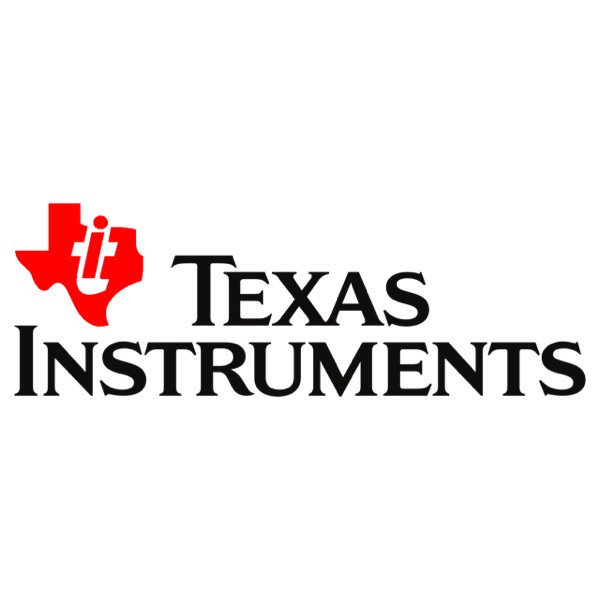Create IoT applications with longer battery lifetimes
10-04-2015 | Texas Instruments | Power
Simplifying software development for connected applications has become more important as the Internet of Things (IoT) continues to encompass a greater range of everyday products.
In response, Texas Instruments (TI) has announced key updates to its complete real-time operating system (RTOS), which brings the ease-of-use associated with power management operations in high-level operating systems, such as Android and Windows, to embedded microcontroller (MCU)-based applications.
As a result, using TI-RTOS 2.12, developers can now easily leverage the power management features built into TI devices to create IoT applications with a longer battery life. Intended for use across TI’s entire embedded processing portfolio, TI-RTOS 2.12 is free and enables developers to focus on application differentiation and faster time-to-market with pre-built and tested connectivity stacks and drivers, eliminating the need to write low-level code. This new version of RTOS is a major update to the platform that was first introduced in 2012 and leverages more than 20 years of TI’s experience in delivering production-quality OS solutions for real-time applications.
TI-RTOS 2.12 provides a standard set of multitasking, power management and peripheral driver APIs across all supported devices. This allows developers to easily port applications between different TI MCUs running TI-RTOS, reducing development time of next-generation products. The updated platform also benefits TI Design Network software members by providing a free, widely used software platform without proprietary constraints.
TI-RTOS 2.12 is now integrated with the Energia development environment. Energia and Arduino are based on the Wiring framework and allow developers to rapidly prototype applications without having extensive embedded experience. This integration of TI-RTOS 2.12 combines Energia’s familiar and easy-to-use APIs with new unique features, such as multi-threading. This is an easy way to start making multi-threaded applications on TI’s low-cost LaunchPad development kits, while leveraging the familiar hardware abstraction layer.
Key features :
1 - Enables longer battery life through TI-RTOS’ power management features, which allows developers to achieve aggressive power savings for their applications with minimal effort.
2 - Broad range of wireless connectivity options, including Wi-Fi, Bluetooth Smart and ZigBee through integration with on-chip stacks available using TI’s SimpleLink Wi-Fi CC3100/CC3200 solutions and SimpleLink CC26xx/CC13xx ultra-low power wireless MCUs.
3 - Open-source (BSD) licensing for OS components and drivers, which enable easy and free deployment for any application.
4 - Decreases development time by using an extensive base of pre-existing software libraries to eliminate building software from the ground up.
5 - Robust documentation and an extensive set of examples, which allow developers to quickly evaluate TI-RTOS capabilities and begin development.
TI-RTOS 2.12 is available today and supports all TI devices aimed at low-power IoT applications, including the new 32-bit MSP432 MCUs, SimpleLink Wi-Fi CC3100/CC3200 solutions and SimpleLink CC26xx/CC13xx wireless MCUs. It also supports the TM4C MCUs, C2000 real-time control MCUs and Sitara processors. TI will continue to expand its RTOS offering to other MCU and processor families, says the company.

By Electropages

TI-RTOS

